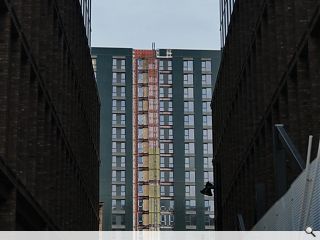Glasgow population boom breathes new life into the city centre
August 9 2024
Glasgow is on track to double the population of its city centre by 2035, with new figures indicating the number of core residents has jumped to 28,341, a rise of over a third in the past decade.
From a starting population of 21,185 in 2011 current trends suggest the residential population of the city centre will hit 34,604 by 2029/2030, before reaching 40,000 a decade from now.
The figures bolster the council's strategy of drawing more people from the suburbs to inner city areas, bringing its population density into line with UK and European contemporaries. A two-pronged approach to achieving this has been adopted with encouragement for the conversion of vacant commercial space as homes alongside the construction of new residential neighbourhoods such as the Barclays Campus and Candleriggs Square.
Councillor Angus Millar commented: “The population of Glasgow’s city centre has been steadily increasing, and continuing to support more people to live in the city centre will be essential for its future vitality. Comparable cities across the UK and beyond tend to have significantly more densely populated city centres than Glasgow, with a strong city centre population promoting sustainability and supporting local economies."
The population uptick is driven by younger age groups, with people aged 16-44 representing 80.9% of the population in 2022 - up from 77.1% in 2011.
13 Comments
But yeah - I think there's a real need to be realistic about who actually wants to live in the city centre. Students are easy pickings for this type of housing. Building a private and mainstream market is a lot harder, even more so if you want families to live there. Otherwise you end up with a lot of British housing discourse, which too often is people who would not live in a certain type of home or situation telling others they should do so, which isn't exactly fair or equitable.
Post your comments
Back to August 2024
Like us on Facebook
Become a fan and share




Sustainable communities cross all age groups and housing should not be student flats and the ubiquitous 2 bedroom (the second bedroom is always much smaller and barely a double) does not cut it.